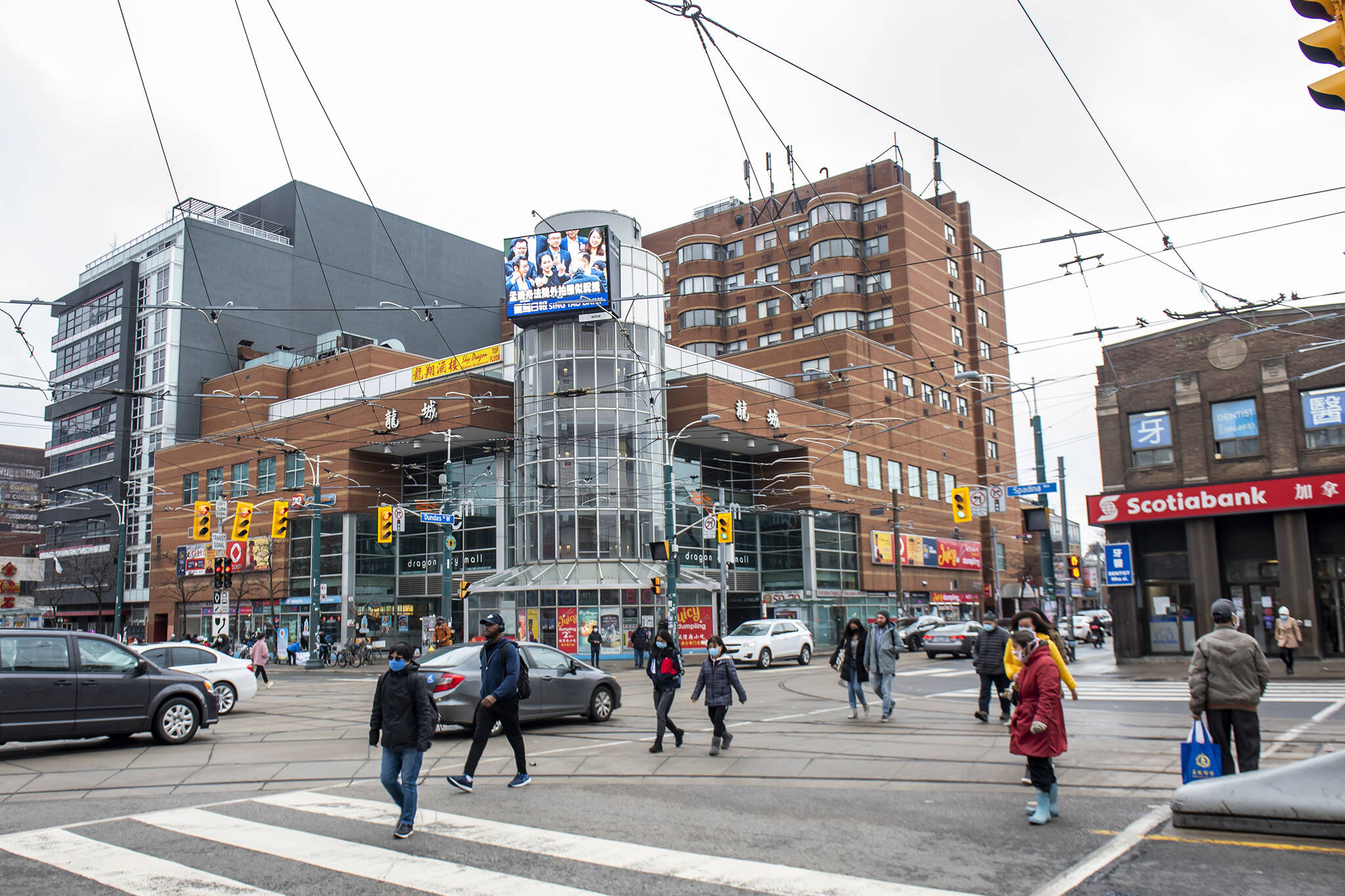
Doug Ford says a curfew could be on the table for Ontario
As COVID-19 case counts remain higher than officials would like in Ontario despite extreme lockdown measures, the provincial government is considering further ways to restrict the population and curb virus transmission, including, now, a curfew.
but wouldn't that mean we're just all out at the same time??
— Ash Therriault (@ashtherriault) January 5, 2021
Though Premier Doug Ford had said in December that no such drastic move was seriously on the table, he's changed his tune this week as neighbouring Quebec looks at imposing constraints on when residents can move about freely.
When asked about a curfew during his briefing on Tuesday, Ford told reporters "I always say everything's on the table, but let's see where the numbers go."
He added that he would be discussing the option and best ways forward with Quebec Premier Francois Legault in the coming days.
How can they enforce a curfew when many folks work the wee hours - med, maintenance, cleaners, some stores, local grocery stores that are open 'til midnight. What is wrong with Ontario?? https://t.co/A7LyPvuo33
— Joan Hughes (@joanhughes1965) January 6, 2021
Reaction to the news has been mixed, though it seems many citizens are staunchly opposed to such draconian orders and are even vowing to defy them if they come into effect, especially when "border closures" have still permitted non-essential air travel — by a number of our politicians and health officials, no less — and people are able to pack a Walmart, Costco or school.
Cutting the window when we can do the few activities we are still permitted to seems, to some, counterintuitive if physical distancing is a priority.
There is also the fact that rigorous restrictions on businesses, social gatherings and in other settings have not seemed to have a dramatic effect on our COVID numbers.
Whether this fact supports the idea of further lockdown or shows such measures to be ineffective and misplaced while also being extremely harmful in other ways is up for debate.
@fordnation better not consider curfew until province has exhausted every other choice.Accept the military to help LTCs unless you have something 2 hide. How can you consider a curfew when you haven’t even started rolling out vaccines at any decent speed? #onpoli #NoMoreLockdowns
— Sara (@chesarasara8) January 5, 2021
Though a curfew was among the courses of action that proved successful in diminishing infection spread in places like Melbourne, Australia earlier in the health crisis, that city's lockdown was also so effective because it was severe and enacted fully and quickly, as opposed to what could be considered our long, drawn-out partial lockdowns that citizens have grown weary of.
Toronto and Peel have been in the most rigid iteration of forced closures for more than six weeks now after people got a taste of freedom over the summer with patios reopening in June and indoor dining and in-gym workouts permitted in July.
The regions were reverted from what was then Stage 3 of reopening back into a modified Stage 2 in October, shuttering these settings once more.
Then, patio dining was nixed and other measures were implemented as we entered the grey zone of the new colour-coded system on Nov. 23 — a system that is now on hold, with the entire province under a stringent blanket lockdown as of Boxing Day.
Well don't you know virus stops at gate of international flights and at gates of Walmart!!!!
— amit kumar (@kumar_amit) January 5, 2021
Ontario has logged more than 3,000 daily new cases of the virus for four of the last seven days, making for a total of 197,360 infections — 84.5 per cent of them resolved — among a population of 14.5 million people.
The COVID-19 mortality rate in the province currently sits at just below 2.4 per cent, with 70 per cent of these deaths in patients aged 80 and older.
Hector Vasquez
Latest Videos
Latest Videos
Join the conversation Load comments







